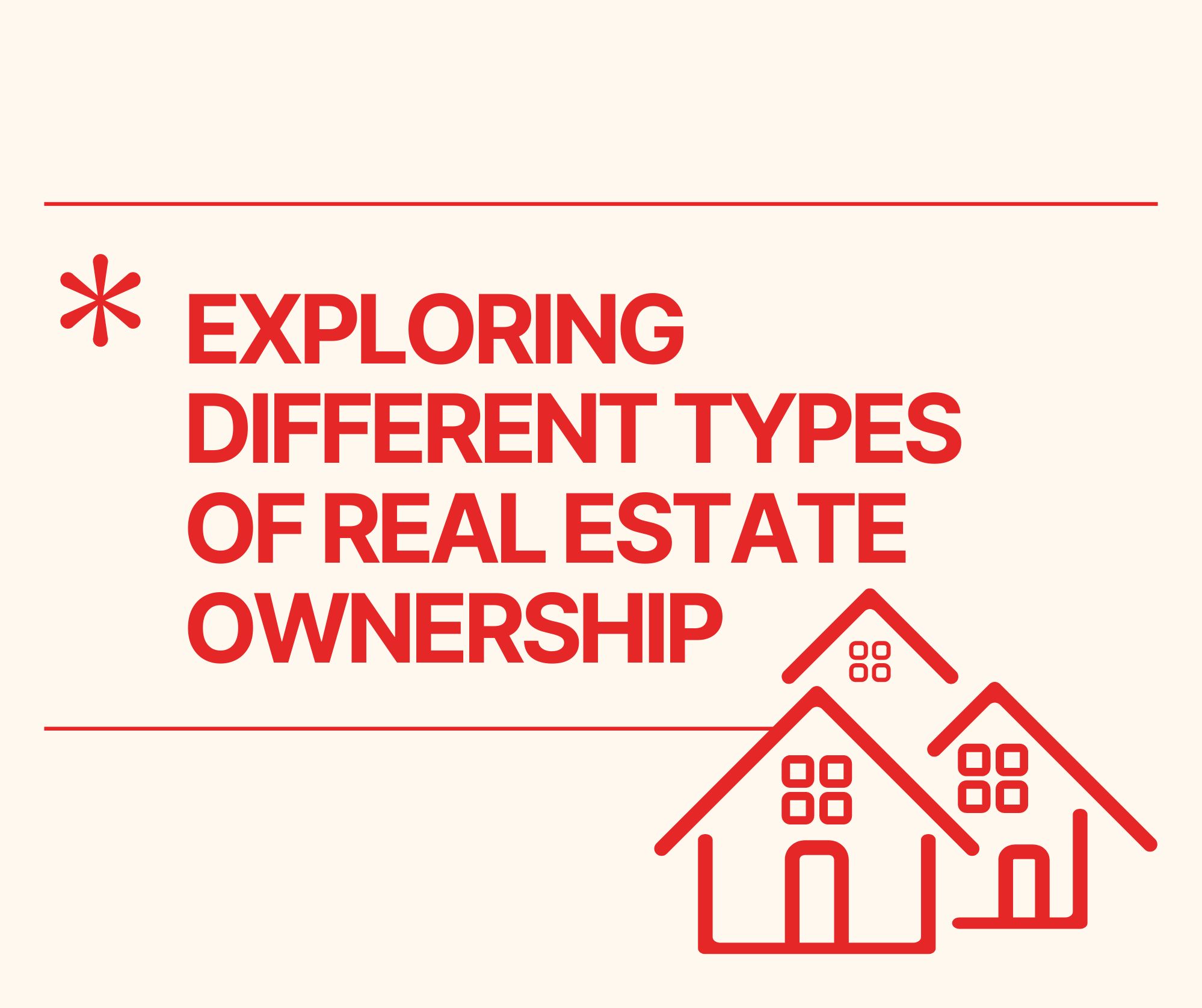Exploring Different Types of Real Estate Ownership
When it comes to real estate, understanding the different types of ownership is crucial. Each type offers unique benefits and potential drawbacks. Let’s explore the most common types of real estate ownership to help you make an informed decision.
Fee Simple Ownership
Fee simple ownership is the most complete form of property ownership. It grants the owner full control over the property, including the rights to use, sell, lease, or bequeath it. This type of ownership lasts indefinitely and can be inherited by the owner’s heirs.
Pros:
- Full control over the property
- Inheritable estate
- Flexibility in property use
Cons:
- Full responsibility for property maintenance and taxes
Joint Tenancy
Joint tenancy involves two or more people owning a property together, with equal shares. One of the key features is the right of survivorship, which means that if one owner dies, their share automatically passes to the surviving owners.
Pros:
- Right of survivorship simplifies inheritance
- Equal share in property
Cons:
- Requires agreement among all owners for decisions
- Potential conflicts between co-owners
Tenancy in Common
In tenancy in common, two or more people own a property together, but their shares can be unequal. Each owner can sell or bequeath their share independently. Unlike joint tenancy, there is no right of survivorship.
Pros:
- Flexibility in ownership shares
- Ability to sell or transfer ownership independently
Cons:
- No right of survivorship
- Potential for disputes among co-owners
Life Estate
A life estate grants ownership rights for the duration of an individual’s life. After their death, the property passes to a designated remainderman. The life tenant has the right to use and enjoy the property during their lifetime but cannot sell or transfer the property.
Pros:
- Provides use of the property for life
- Ensures property passes to designated remainderman
Cons:
- Limited control over the property
- Cannot sell or transfer ownership
Leasehold Estate
Leasehold estate involves leasing a property for a specified period, after which the property reverts to the owner. Leasehold estates are common in commercial real estate and long-term residential leases.
Pros:
- Lower upfront costs
- Flexibility in property use
Cons:
- Limited duration of ownership
- Restrictions imposed by the lease agreement
Community Property
Community property is a form of ownership used in some states for married couples. Under this system, property acquired during the marriage is owned equally by both spouses. In the event of a divorce, the property is typically divided equally.
Pros:
- Equal ownership between spouses
- Simplifies division of property in divorce
Cons:
- Only available in certain states
- Equal ownership can complicate individual financial planning
Conclusion
Understanding the different types of real estate ownership helps you choose the option that best fits your needs and goals. Whether you prefer the full control of fee simple ownership or the shared responsibilities of joint tenancy, each type offers unique advantages. By considering the pros and cons, you can make a well-informed decision and navigate the real estate market with confidence.
Other Related Topics
If you found this information helpful, you might also be interested in learning about the benefits of a home inspection before selling, how to negotiate lower real estate commissions, or understanding property tax implications. Stay tuned for more insightful real estate posts!
Contact us today or visit our Instagram | Facebook .
